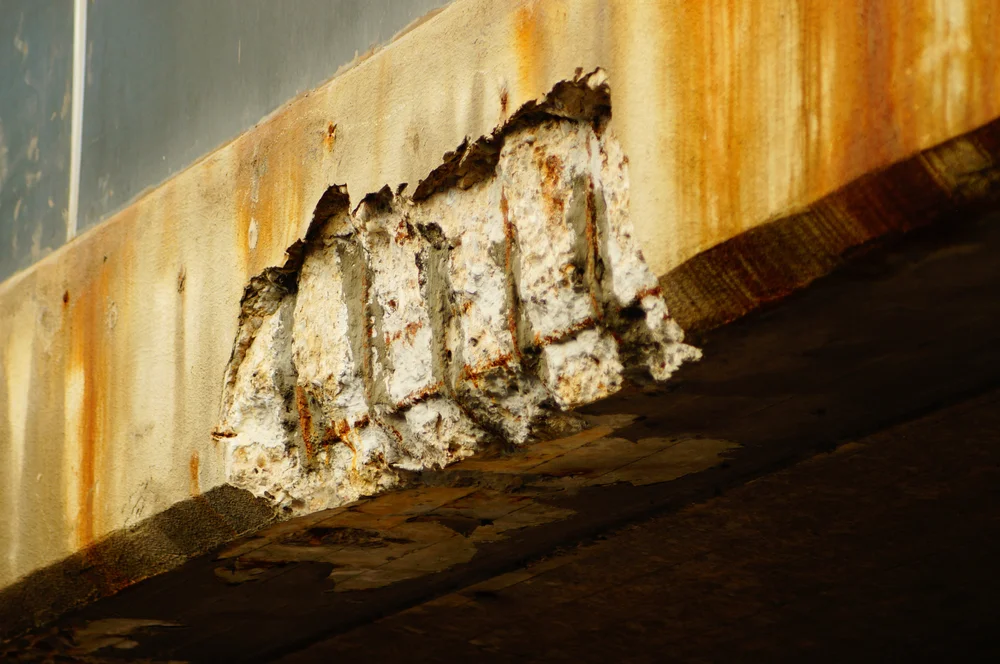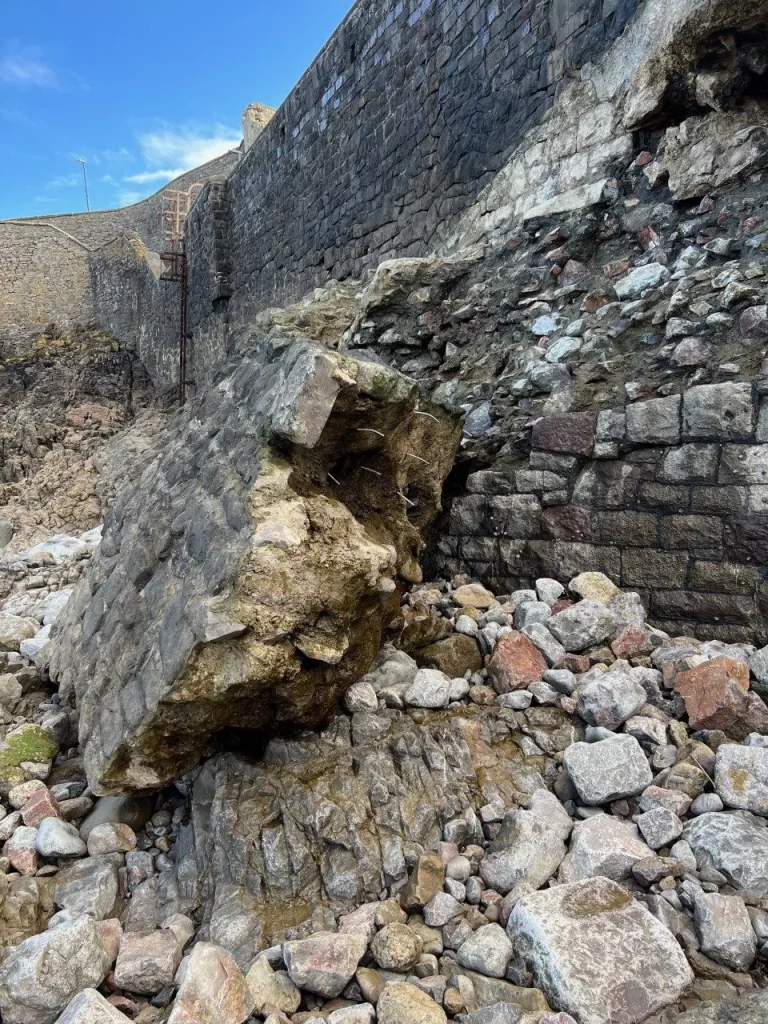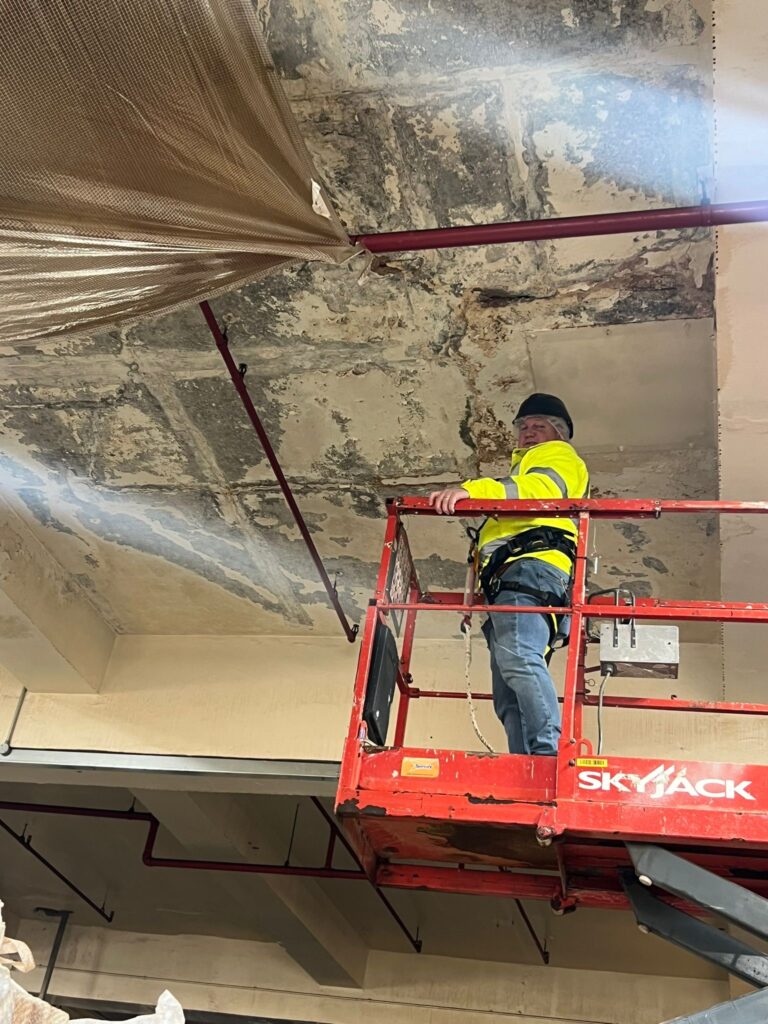
Crumbling Concrete in UK Infrastructure: Challenges And Innovative Solutions
Challenges And Innovative Solutions
The crumbling concrete plaguing the UK’s existing infrastructure alarmingly reveals a prevalent issue in today’s construction industry.
Once the pride of post-war redevelopment, buildings, bridges, and highways now exhibit structural decline signs.
This problem has escalated and can no longer be ignored. Although substandard past construction methods are easy to blame, sustainable solutions are needed now.
Structural Repairs, a leading name in the field, makes strides researching and implementing cutting-edge methods to extend deteriorating buildings’ lives.
To explore the problem and proposed solutions further, let’s delve into this issue. The crumbling concrete alarms as it reveals the construction industry’s prevalent issue today.
Post-war buildings, bridges, and highways were once a pride but now exhibit decline signs. The issue can’t be ignored anymore since it has escalated.
While past methods are easy to blame, solutions are needed now. A leading name, Structural Repairs, strides to research and implement cutting-edge life extension methods.
Let’s explore the problem and solutions further by delving into this issue.
The Scope of the Problem
For several past decades, the UK’s construction sector has heavily relied on reinforced concrete.
Since it was perceived as durable and low cost, reinforced concrete became a favoured material and was used in virtually all infrastructure forms – high-rise buildings, residential complexes, bridges, and motorways.
However, reinforced concrete is not as enduring as once thought. Some issues are:
Over the previous decades, the UK’s construction sector heavily relied on reinforced concrete.
Because it was perceived as durable and low cost, reinforced concrete became a favoured material. Virtually all infrastructure forms, including high-rise buildings, residential complexes, bridges, and motorways.
Nevertheless, reinforced concrete is not as enduring as initially assumed. Several issues have emerged such as:
For the past few decades, the UK construction sector heavily relied on reinforced concrete, which was a favored material for its durability and low cost. This led to its use in all infrastructure like high-rises, residences, bridges, and highways.
However, reinforced concrete is not as enduring as first presumed. Some problems are:
- Concrete Spalling: Flaking or chipping of the surface layer, often caused by freeze-thaw cycles or the use of de-icing salts.
- Corrosion of Reinforcement: When the steel reinforcement inside the concrete begins to rust, it expands and causes the surrounding concrete to crack.
- Alkali-Silica Reaction: A chemical reaction between the alkali in cement and the silica found in aggregates; this reaction can lead to swelling and cracking.
The Risks Involved
Deteriorating concrete threatens vital structures.
Schools, hospitals and bridges crumble as reinforced concrete decays. These failing buildings endanger lives with possible structural collapses.
Repairing this decaying infrastructure requires substantial financial resources. Government agencies often invest millions or billions to replace degraded concrete.
Additionally, disintegrating concrete raises community concerns beyond physical safety.
Allowing decay compromises social, economic and environmental welfare.
We must actively maintain reinforced concrete to protect structures, lives and prosperity.

Why is the Concrete Crumbling / Deteriorating?
Poor Construction Quality
In some cases, poor construction practices are to blame. Inadequate curing, unsuitable mix ratios, and improperly placed reinforcement can all contribute to premature concrete decay.
Sometimes, poor construction practices are at fault. Improper curing, inappropriate mix ratios, and insufficient reinforcement placement can all lead to early concrete deterioration.
In certain cases, poor construction practices are to blame, such as inadequate curing, unsuitable mix ratios, and insufficient reinforcement placement, which can all contribute to premature concrete decay.
Environmental Factors
In coastal regions, salt-laden air can adversely affect concrete structures. In colder areas, freeze-thaw cycles also negatively impact them. Different environmental factors can be detrimental.
The salt-laden air in coastal regions and the freeze-thaw cycles in colder areas are environmental factors that can adversely affect concrete structures.
The salt air of coastal regions and the freeze-thaw cycles in cold areas are environmental factors that can negatively impact concrete structures.
Age of the Structures
Many affected structures were built during the post-war boom and have now exceeded their designed lifespans. These aging structures show their age, and some urgently require repairing or replacing.
Numerous impacted structures were constructed in the post-war boom and have surpassed their intended lifespans. These aging structures exhibit deterioration, with some needing urgent repairs or replacement.
Many affected structures were built post-war and have outlived their designed lifespans. These aging structures now show their age, with some needing urgent repair or replacement.
Structural Repairs: Pioneers in Remedial Measures
Alarmed by deteriorating structures, Structural Repairs spearheads research into novel crumbling concrete solutions.
They rapidly develop and deploy methods to stabilise vulnerable buildings.
Their techniques aim to affordably strengthen schools, hospitals and bridges against further decay. Rather than demolish and rebuild, Structural Repairs works to cost-effectively extend the lifespan of threatened infrastructure.
Their nimble solutions save governmental agencies precious time and billions in reconstruction costs. Structural Repairs acts decisively to implement inventive approaches that secure community prosperity and safety.
Advanced Techniques in Concrete Repair
Structural Repairs employs a variety of cutting-edge techniques to address concrete deterioration, including:
- Carbon Fibre Reinforcement: Carbon fibre sheets are applied to the damaged areas, providing added tensile strength without adding significant weight.
- Epoxy Resin Injection: Cracks are sealed with high-strength epoxy resins, which not only prevent further cracking but also help to restore the structure’s load-bearing capacity.
- Chemical Corrosion Inhibitors: These are applied to stave off the rusting of steel reinforcements, one of the principal causes of concrete degradation.
- Cathodic Protection: A technique used to control the corrosion of a metal surface by making it the cathode of an electrochemical cell, thus inhibiting the corrosive process.
Rigorous Inspection and Monitoring
Before applying any repair methods, Structural Repairs first conducts exhaustive inspections utilising state-of-the-art diagnostic tools, including ground-penetrating radar and ultrasonic testing.
This comprehensive approach ensures selecting the most suitable and effective solution.
Before implementing repairs, Structural Repairs performs comprehensive inspections using cutting-edge diagnostic tools like ground-penetrating radar and ultrasonic testing.
This ensures the most appropriate, effective solution is applied.
Before applying repairs, Structural Repairs does exhaustive inspections using advanced tools like ground-penetrating radar and ultrasonic testing.
This ensures the most suitable, effective solution is chosen.
Collaborative Research and Development
Structural Repairs does not work in isolation. Instead, they collaborate with academic institutions, industry experts, and government bodies to explore innovative concrete repair and longevity solutions.
Structural Repairs doesn’t operate in a silo but rather collaborates with academics, experts, and governmental bodies to find novel concrete repair and durability solutions.
Instead of working alone, Structural Repairs collaborates with academics, experts, and government to explore innovative concrete repair and longevity solutions.

Future-Proofing the UK’s Infrastructure
Structural Repairs realises solving crumbling concrete involves more than just fixing existing structures; preventing future issues is also crucial. Their research extends to finding more durable concrete forms and effective construction techniques, aiming to future-proof the UK’s infrastructure.
Structural Repairs knows crumbling concrete solutions involve not just repairing existing structures but also preventing future problems. Their research focuses on more durable concrete and effective construction to future-proof UK infrastructure.
Structural Repairs understands fixing crumbling concrete requires more than repairing existing structures – preventing future issues is key too. Their research aims at more durable concrete, effective construction techniques to future-proof UK infrastructure.
A full list of schools for instance can be found here.
Crumbling Concrete Conclusion
The UK’s crumbling concrete infrastructure is a problem we can ignore no longer. As time passes, the risks and costs to address these issues escalate. It’s reassuring companies like Structural Repairs rise to the challenge, providing immediate and long-term solutions.
The UK can no longer overlook the issue of crumbling infrastructure concrete, as risks and costs surge yearly. It’s encouraging that companies like Structural Repairs address this challenge, offering both urgent and lasting solutions.
The UK’s crumbling concrete infrastructure is a problem we can’t ignore anymore, with risks and costs rising each year. It’s promising that companies like Structural Repairs rise to the challenge, providing short and long-term solutions.
For those responsible for maintaining buildings or other concrete structures, the first step to resolving these issues is acknowledging them. Structural Repairs offers consultation and comprehensive solutions tailored to each situation. You can reach out to them at 0300 030 1822 or via email at [email protected] for more information.
It’s time to address the ticking time bomb that is our ageing concrete infrastructure. And with the advances being made by companies like Structural Repairs, there’s good reason to be optimistic about the future integrity of the UK’s infrastructure.